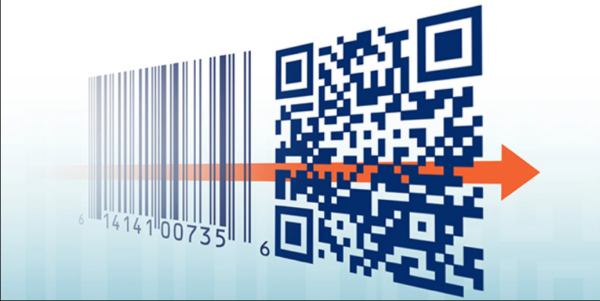Approximately a decade ago, the QR code was a jest. More recently, the novel coronavirus pandemic made QR codes a common solution for other contact-free use cases and a standard fixture in restaurants for viewing menus. By 2027, the QR code or a very similar technology is expected to replace the UPC code, a familiar sight in retail for nearly 50 years.
Axios reports that GS1 US, the non-profit standards organization responsible for barcodes, has announced the Sunrise 2027 initiative, which will replace the familiar UPC with a two-dimensional QR-code-like alternative.

Two-dimensional barcodes, which encode information along the X- and Y-axes instead of a single line, can store and provide the consumer or employee scanning a product with significantly more information than a traditional UPC. As a result, the algorithms claim to offer several advantages over the legacy technology, such as:
- Giving stores access to information about recalls, sell-by dates, and other information at the shelf edge to better manage inventory and discounting;
- Providing customers with enhanced product information such as ingredients, recipes, and sustainability data;
- Permitting customers to access loyalty and rewards programs at the point of sale when an item is scanned.
- Despite the fact that QR codes have proven to be a more convenient solution in certain instances over the past few years, the pervasive adoption of 2-D barcodes throughout the retail industry could introduce new types of risk.
According to an article by Chargeback Gurus, QR code fraud has already emerged as the codes have grown in popularity.
More prevalent scams have substituted publicly displayed codes with stickers of new codes that direct viewers to malicious links that install malware or directly steal funds by redirecting a payment to a different recipient. More inventive ones have emerged, such as counterfeit parking tickets with QR codes that can be scanned in the parking lots of companies that have instituted the codes for other purposes.
As the codes or similar ones become more widely used, such schemes may find more susceptible targets.

